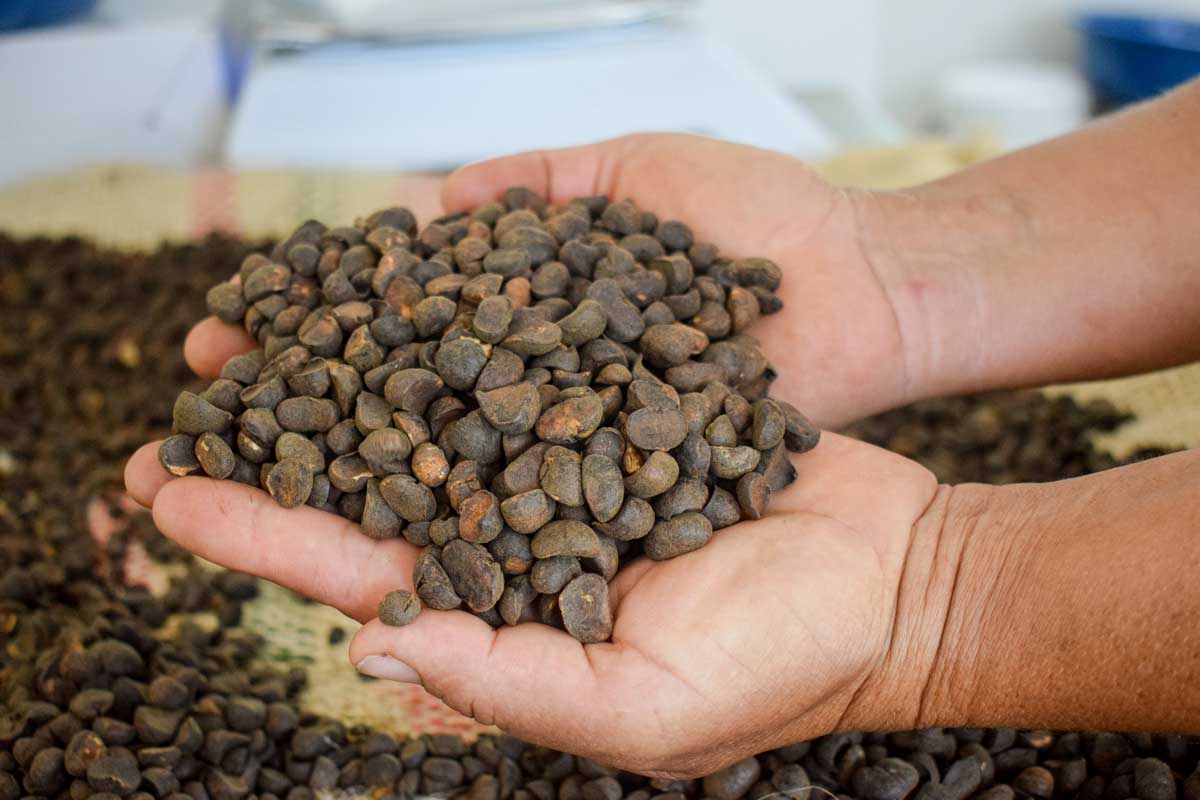Common and Indigenous names for Maya Nut
Maya Nut is a name I chose for the seed of Brosimum alicastrum. There were already a lot of indigenous names for it, but they all seemed too challenging for our target market (United States, Canada) to pronounce and remember. Maya Nut is native 2 places where English is the main spoken language (Jamaica, Belize).…
Details







